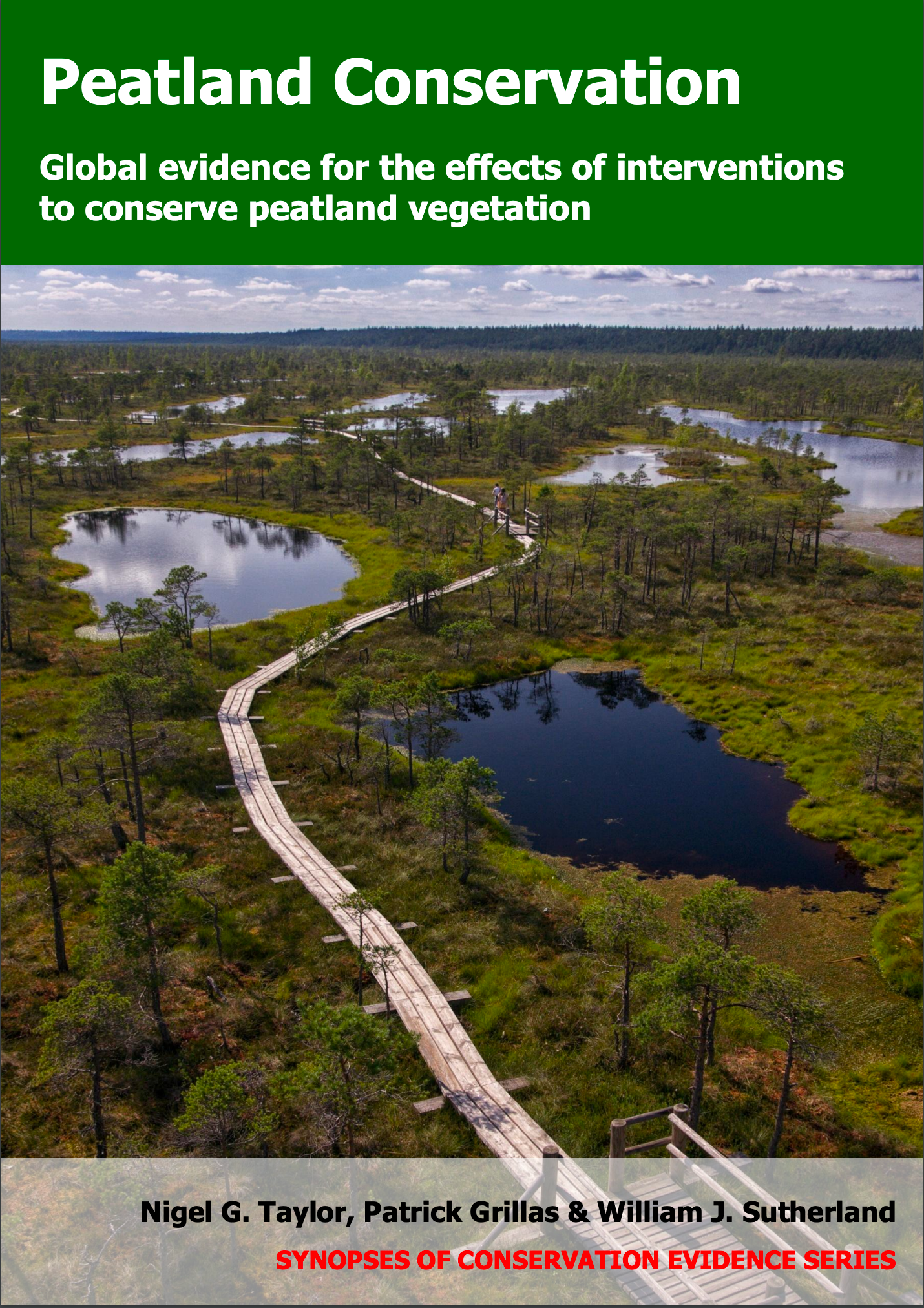Remove plant litter to maintain or restore disturbance
-
Overall effectiveness category Unknown effectiveness (limited evidence)
-
Number of studies: 2
View assessment score
Hide assessment score
How is the evidence assessed?
-
Effectiveness
35% -
Certainty
38% -
Harms
7%
Study locations
Supporting evidence from individual studies
A replicated, randomized, controlled study in 1996–1998 in a degraded fen meadow in Germany (Jensen & Meyer 2001) reported that plots cleared of plant litter had higher plant species richness and diversity than plots where litter was not removed, but that community composition was similar under both treatments. These results are not based on tests of statistical significance. Over three years, litter-removal plots contained 18–19 plant species vs 15–16 in non-removal plots. Plant diversity was also higher in litter-removal plots (data reported as a diversity index). The overall plant community composition was initially similar in all plots, then changed over time but in a similar way in litter-removal and non-removal plots (data reported as a graphical analysis). In 1996, ten 2 m2 plots were established in an abandoned fen meadow. In May 1996, 1997 and 1998, all dead plant material was removed from five random plots. Dead plant material was left in the other five plots. Cover of every plant species was estimated annually, after litter removal, in each plot.
Study and other actions testedA replicated, paired, controlled, before-and-after study in 2002–2007 in a degraded grassy fen in the Czech Republic (Hájkova et al. 2009) found that removing plant litter had no effect on community composition, richness of vascular plants, bryophyte cover or cover of dominant tall moor grass Molinia arundinacea. In plots where litter was removed, the overall plant community composition did not change significantly over five years (data reported as graphical analyses). There was also no change in richness of vascular plants (8–9 species/m2 across all years) and fen-characteristic vascular plants (data not reported), bryophyte cover (9–33% across all years) and moor grass cover (data not reported). These measures also remained stable in plots where litter was not removed. In May 2002, five pairs of 2.5 x 2.5 m plots were established in an abandoned fen, dominated by tall moor grass. Each May until 2007, dead plant litter was raked from one plot/pair. Plant litter was left in the other plots. Each year before litter removal, cover of every plant species was estimated in a 1 m2 quadrat in the centre of each plot.
Study and other actions tested
Where has this evidence come from?
List of journals searched by synopsis
All the journals searched for all synopses
This Action forms part of the Action Synopsis:
Peatland Conservation
Peatland Conservation - Published 2018
Peatland Conservation





)_2023.JPG)














